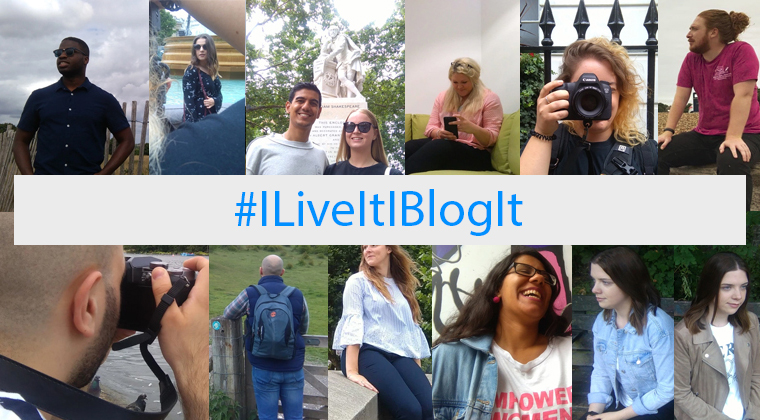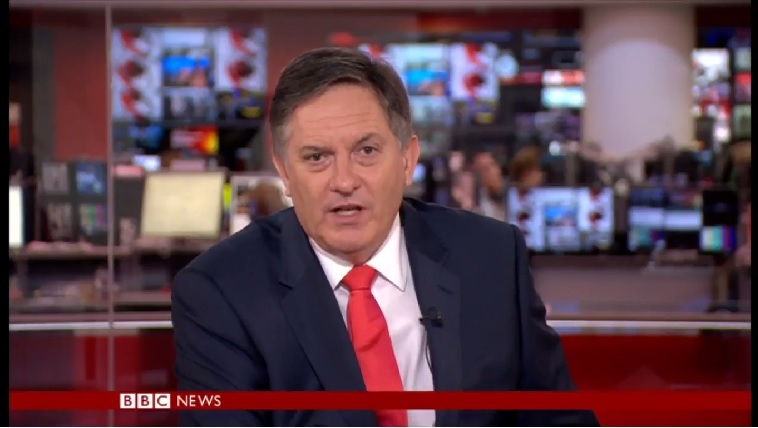Vamper.cc is the Top 10 Cycling Blog from Victoria and Matt. Covering the full range of cycling content, Vamper.cc also specializes in women in cycling – from suitable fitness clothing to encouraging more engagement. We spoke to Victoria Bowskill about the pair’s favourite bikes, worst experiences and how they work collaboratively with brands.
How would you describe your blog?
Vamper.cc is a cycling blog dedicated to seeking out style and performance on two wheels. We deliver product reviews, cycling tips and write-ups of our experiences on bikes in – we hope! – an approachable, personal way. We share everything that we find seductive about cycling, from the coolest kit we’ve spotted on our travels to amazing cycling routes. We regularly feature reviews of cycling kit – and they are unbiased and unpaid. Brands don’t pay us to feature their products, which makes us wholly impartial.
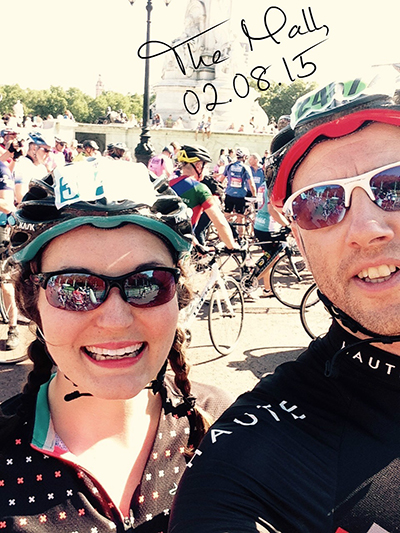 Why did you start your blog?
Why did you start your blog?
Vamper.cc was conceived to provide a platform for review and opinion on cycling fashion, trends, accessories, bikes and technology in a slightly different voice from mainstream cycling media.
While there are a number of popular news and review sites and cycling blogs, we believe their angle and bias can sometimes alienate riders who are perhaps new to the sport or who appreciate a more balanced outlook.
When we founded Vamper.cc two years ago, we also felt strongly that the representation and tailoring of content towards women’s cycling left a great deal to be desired. That is beginning to change, but we are still keen to further the reputation of women’s cycling and to raise the standard and quality of women’s cycling clothing and kit.
What’s your favourite post?
It’s a fairly old post now, but this one remains a favourite and has proved very popular – it seems to resonate with a lot of female cyclists.
If you were talking to a non-cyclist, how would you convince them it’s great?
For people who don’t cycle, it might seem incomprehensible that our best weekends involve stupidly early morning bike rides. But the greatest joy we’ve experienced on two wheels always comes from getting out at the crack of dawn while the roads are empty, and fitting in 30, 40, 50 miles before most people have picked up the Sunday paper! It’s the peace and tranquility of early morning rides, the flush on our faces after hours of exercising, and the exhilaration of fast hill descents that makes it such a fantastic activity. Even the challenge of hill climbing comes with rewards; it might hurt at the time, but the satisfaction of conquering a hill on your bike, the view from the top, and the speedy descent make it all worthwhile!
What’s the best cycling experience you’ve ever had?
We’ve had quite a few great experiences and it’s hard to narrow them down! The weekend where we completed the Huntingdon Steeplechase Sportive on the Saturday, followed by the PlanetX Oulton Park 100-mile challenge on the Sunday stands out as one of the most exhausting but also one of the most fun.
The Prudential RideLondon 100 never fails to bring a smile to our faces – the turnout of supporters along the route is a joy to behold.
And we had a fabulous outing with Yorkshire Velo Tours in the Yorkshire Dales – it was utterly beautiful, not to mention gruelling!
What’s the worst cycling experience you’ve ever had?
For Matt it has to be getting cramp at mile 67 of the Tour of Cambridgeshire. He had decided to ride the 84-mile sportive without taking a break in 28-degree heat, rode himself into the ground, and developed excruciating cramp which left him barely able to pedal. That wasn’t a good one!
For Victoria, it was riding her new bike with deep rims in Yorkshire on a particularly windy day. Utterly terrifying, she was certain she was going to be blown into the path of an oncoming lorry and had to get off and push.
What makes your blog successful?
Firstly, the two voices; we have a uniquely male/female perspective at Vamper.cc which makes the blog appealing to both male and female cyclists. Brands seem to really value the emphasis that we place on coverage of women’s cycling.
Secondly, the tone of voice; we have a conversational style that readers seem to find they can identify with. We don’t pretend to be better cyclists than we are; we don’t pretend that we don’t suffer on our bikes. We’re approachable (in life and on screen!)
 What’s your favourite bike (ever)?
What’s your favourite bike (ever)?
For Victoria, it has to be the Canyon//SRAM Ultimate CF SLX – utterly gorgeous.
For Matt, it’s the Dassi Interceptor, the world’s first (and only) graphene bike. We saw it at Rouleur Classic and we were blown away by it. A thing of beauty, with incredible, cutting edge technology. Wow.
How do you like to work with PRs?
We’ve worked with some fabulous PRs who are really proactive and passionate. We like to foster a close relationship with PRs to help to us to better understand what will bring the most value to their clients. Truly innovative PR campaigns come from a marriage of ideas and we like to think we can bring something different to the table.
We invite all pitches and approaches and we are always happy to look at any review request, trip or opinion piece to see what Vamper spin we might be able to put on it!
What’s the one thing PRs should know about you?
We have high standards. We won’t regurgitate poor press releases, and we won’t praise terrible products. If a poor product is sent to us to review, we’ll gladly pass our (constructive) criticism on via the PR so that the issue can hopefully be addressed rather than slating something online, but we won’t wax lyrical if we don’t like it.
What are your favourite blogs to read (outside of your own!)?
We’re big foodies, so we read a lot of food blogs – particularly Cookie & Kate, which is probably our current favourite.
In terms of cycling, we like the Australian blog Cyclingtips.com – it’s good for reading about cycling from a different perspective.
Victoria Bowskill and Vamper.cc features on the Vuelio Media Database along with thousands of other bloggers, influencers and journalists.









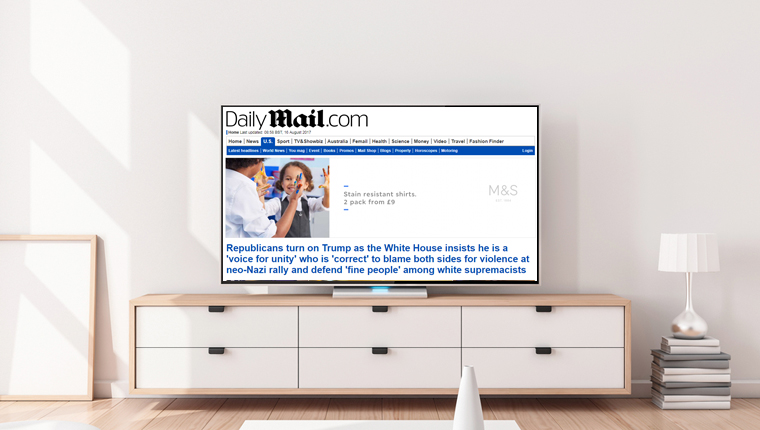


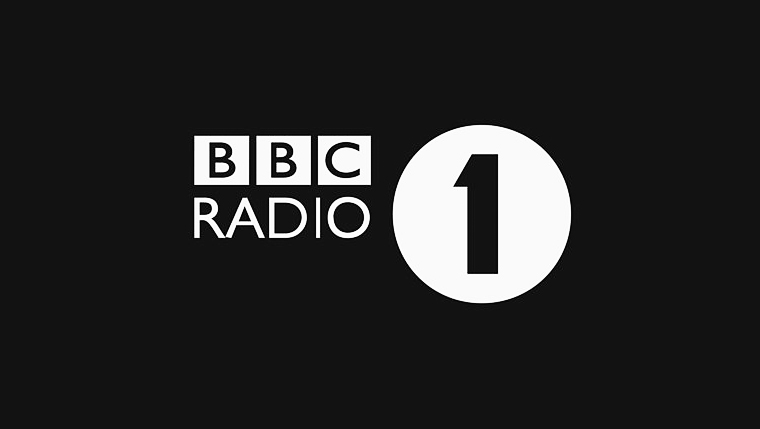 Radio 1 has announced new presenters to cover Matt Edmondson’s 10:00-13:00 slot while he films over summer. Abbie McCarthy, Katie Thistleton, Jordan North and Yasser will each present two shows and are being heralded as the future generation of radio stars.
Radio 1 has announced new presenters to cover Matt Edmondson’s 10:00-13:00 slot while he films over summer. Abbie McCarthy, Katie Thistleton, Jordan North and Yasser will each present two shows and are being heralded as the future generation of radio stars.



 Why did you start your blog?
Why did you start your blog? What’s your favourite bike (ever)?
What’s your favourite bike (ever)?

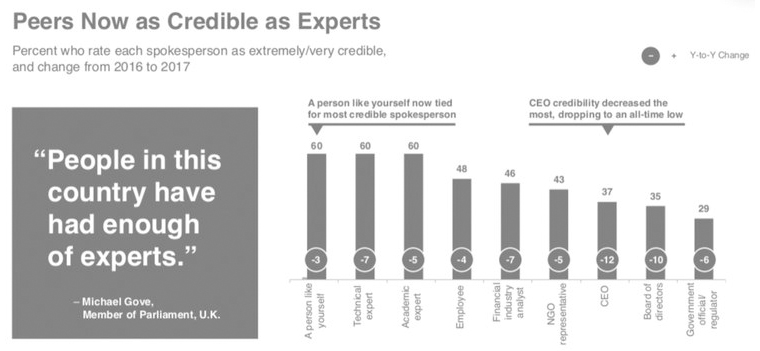
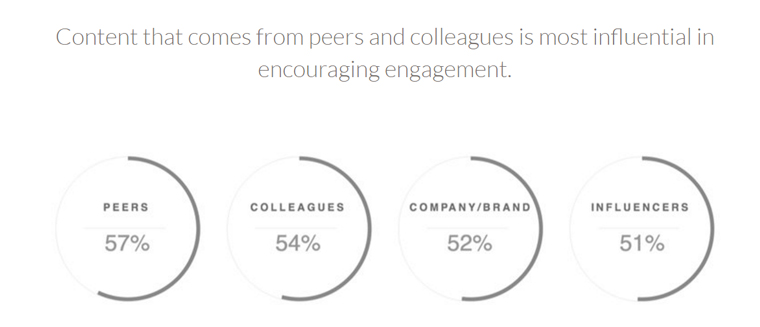





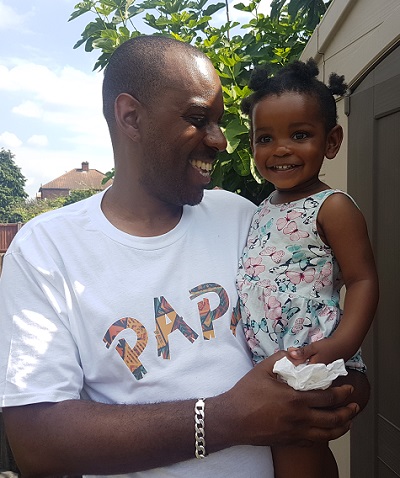 What are the main challenges that fathers face?
What are the main challenges that fathers face?


